Simo Lagnawi is a Maâlem (Gnawa master musician) from Morocco. He moved abroad in 2008 and quickly established himself as one of the leading guembri (hejhouj) players in the UK. The three-stringed camel-skinned bass instrument is at the heart of Gnawa, a sacred trance music originating among the descendants of African slaves who were forced across the Sahara to North Africa. This rhythmically repetitive, hypnotic music is typically performed at Lilas, which are all night celebrations that include ritual singing, poetry, healing and dance to call upon the spirits. Lagnawi plays all of the music on his debut album Gnawa London, a set of arranged traditional songs and original compositions featuring his proficiency on guembri, krakebs (qraqab), percussion and vocals.
While some Gnawa music has become modernized or profane over the years, Lagnawi wisely chooses a timeless approach. A Maâlem usually leads his troupe in call and response chants, but since there is only one musician here, the vocal harmonies are overdubbed. Fortunately this takes nothing away from the release as Lagnawi keeps the sound natural and unencumbered by excessive studio manipulation. The acoustic slapping of the strings on the guembri and the persistent, driving sound of the krakebs are accented by hand clapping and bells as the rhythm alternates between duple and triple meter.
Eight of the ten tracks are traditional, but Lagnawi pens “Elhal” which references the Arab Spring and “Missing Home,” a song about life as an immigrant. The others are traditional, with compelling arrangements. Lagnawi’s vocal abilities do not go unnoticed on “Shalaba.” He is also an accomplished dancer and it’s unfortunate there is not a visual aspect to the CD, although he danced the bell section of “Baniyorkoy” for the recording session. Lagnawi reveals an understated mastery of Gnawa music throughout Gnawa London. He has put together a fascinating album which demands the listener’s undivided attention.
Originally published in RootsWorld Magazine.
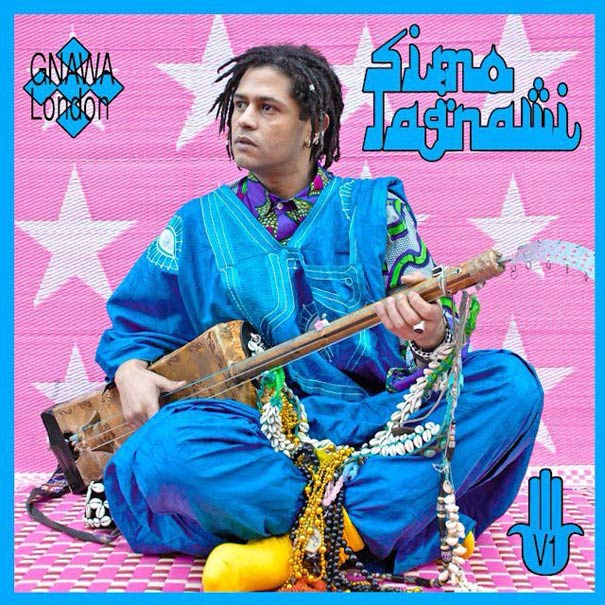
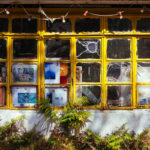
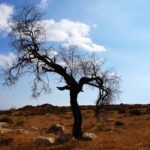
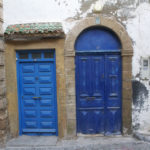
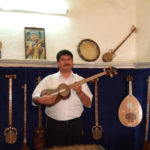
Be First to Comment